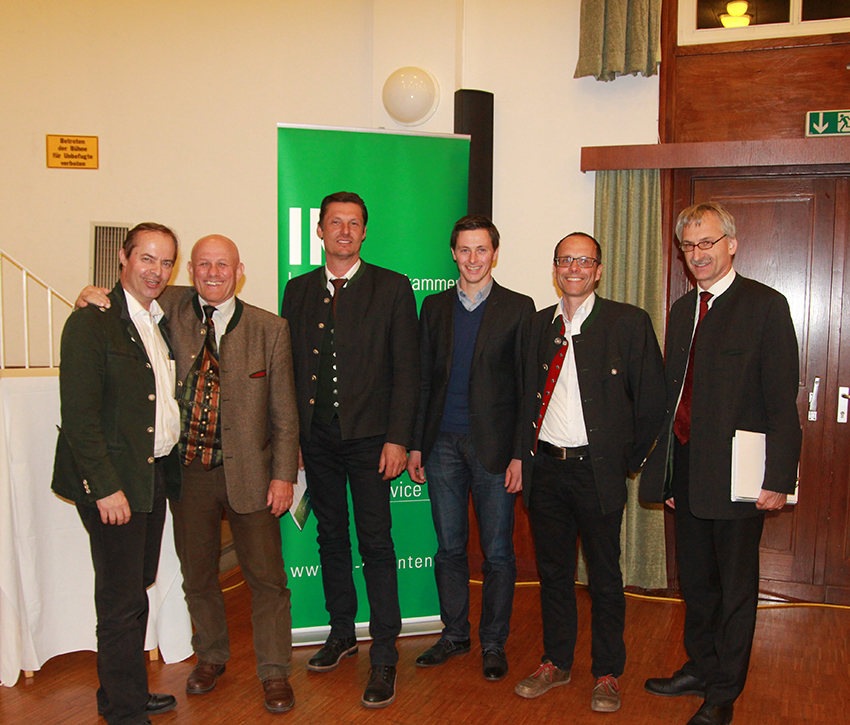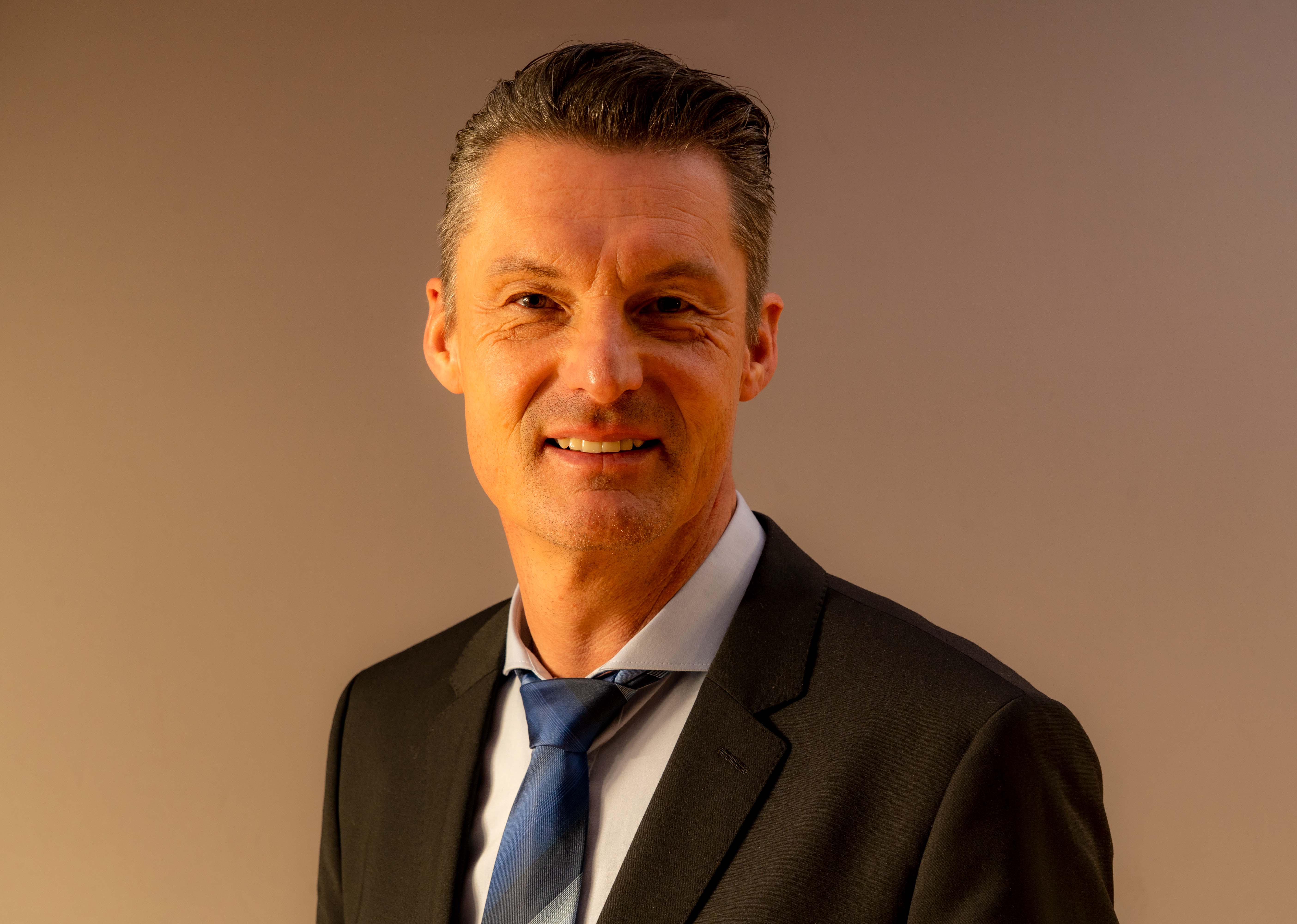On April 19, 2016, the Raumberg-Gumpenstein Higher Federal Teaching and Research Institute presented its final report on the scientific support of the HCB renovation of agricultural operations in the Görtschitztal.
Together with the state of Carinthia, the Chamber of Agriculture, the animal health service, AGES and the UBA, measures for the scientific documentation of HCB pollution and for HCB remediation have been implemented since December 2014. The results of the study now available show that the efforts have borne fruit. The HCB values of animals and animal products are now more than a power of ten below the applicable legal limit values.
Johann Doz. Johann Steinwidder HBLFA direktor







